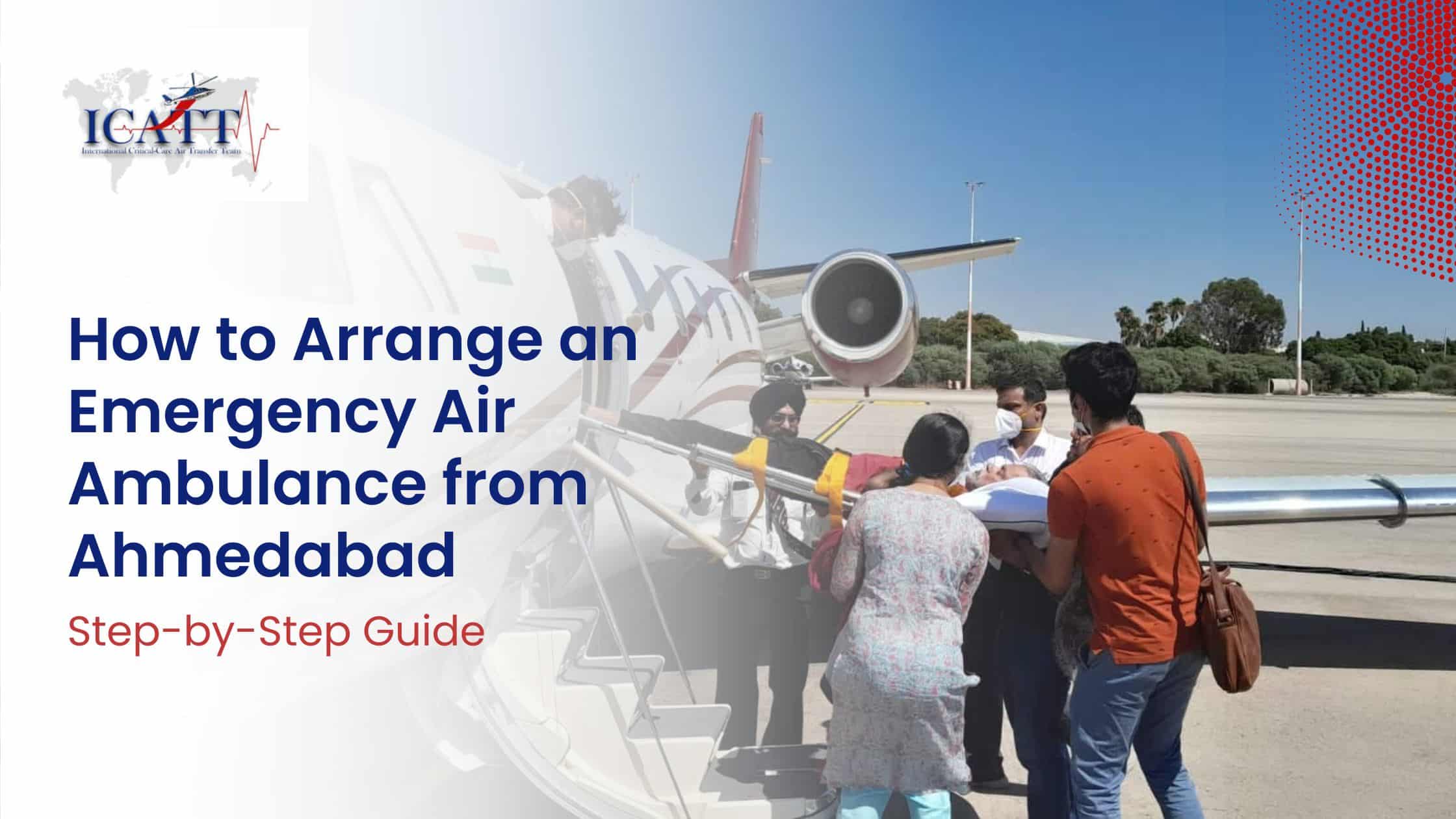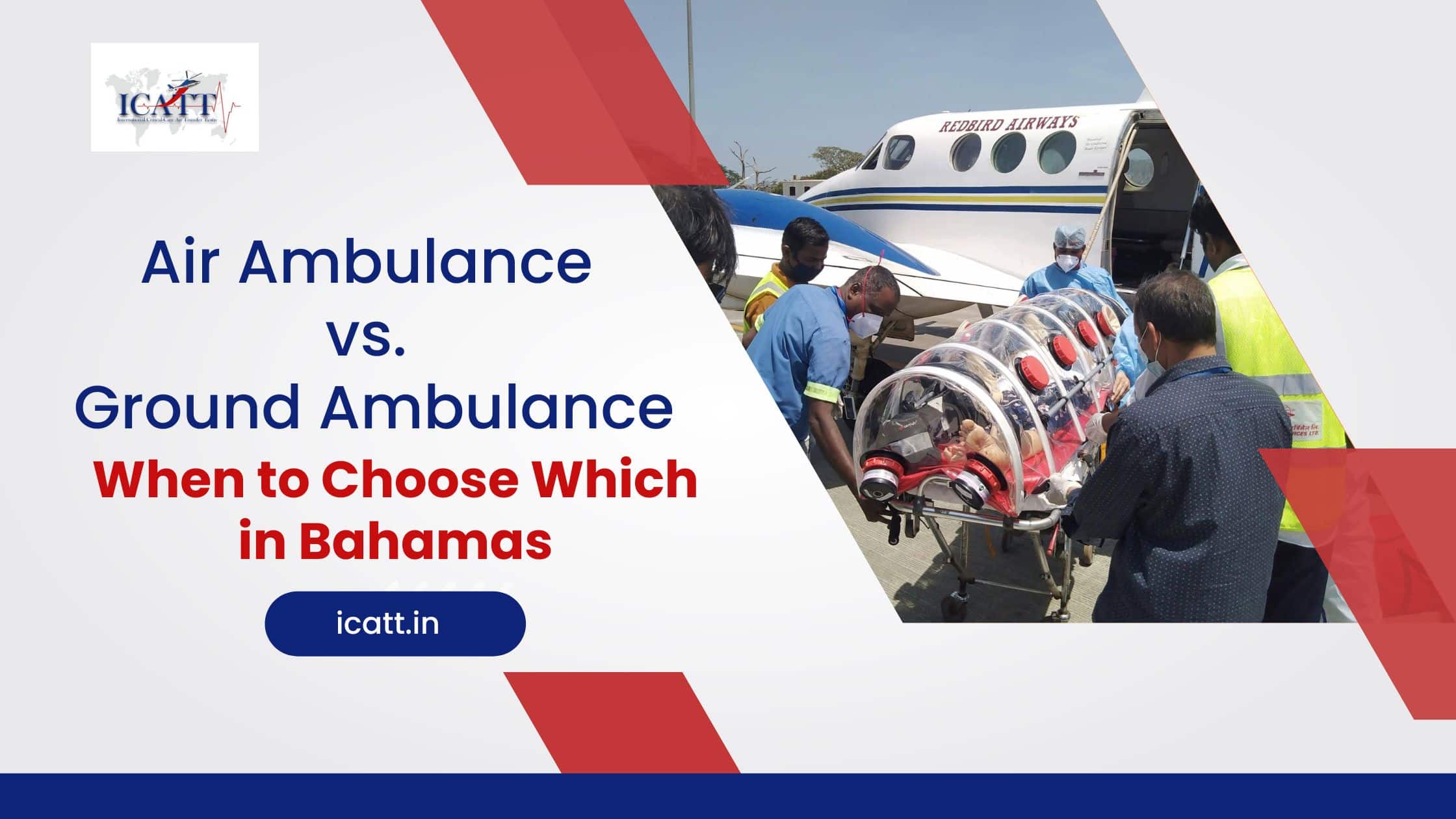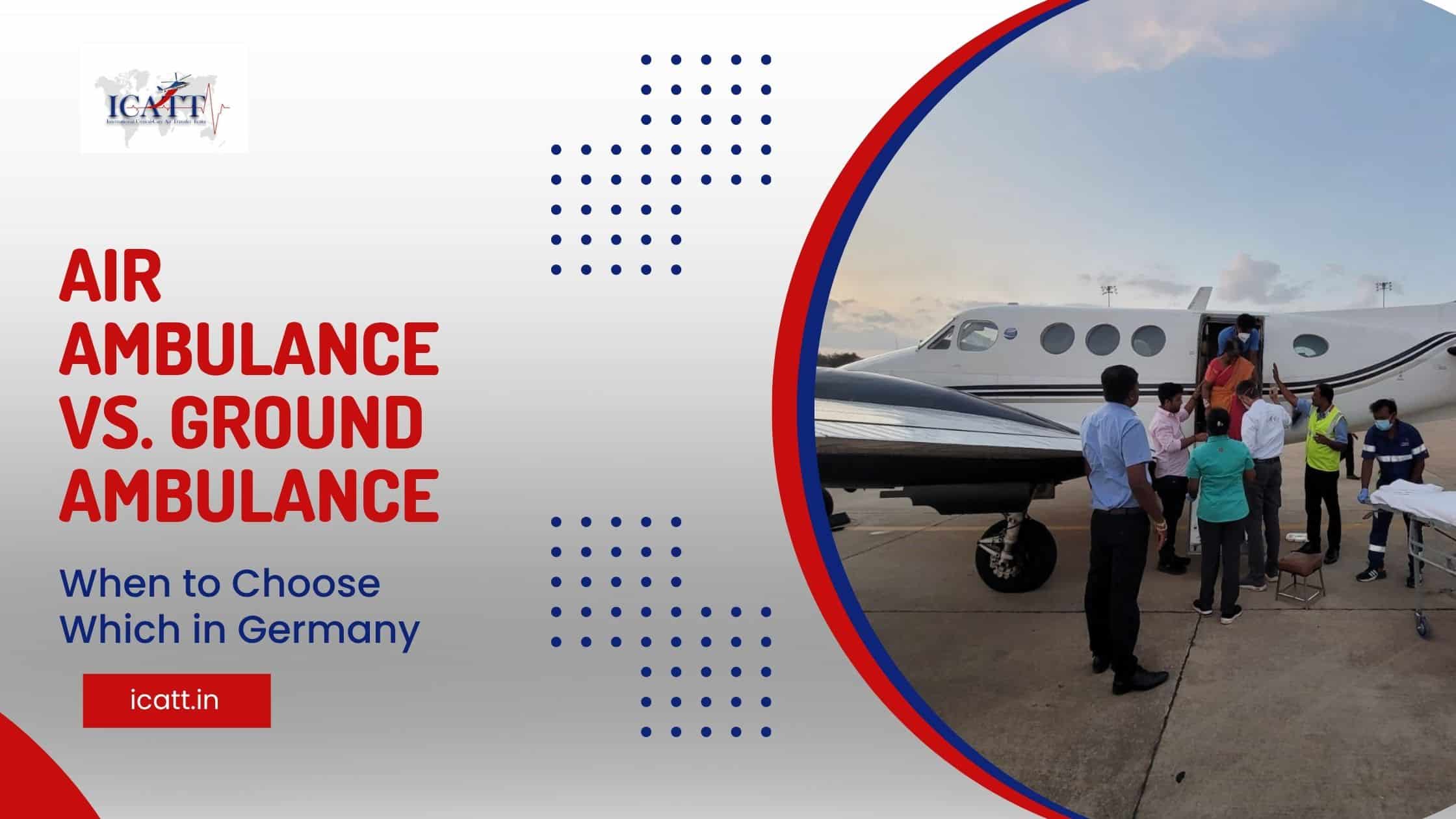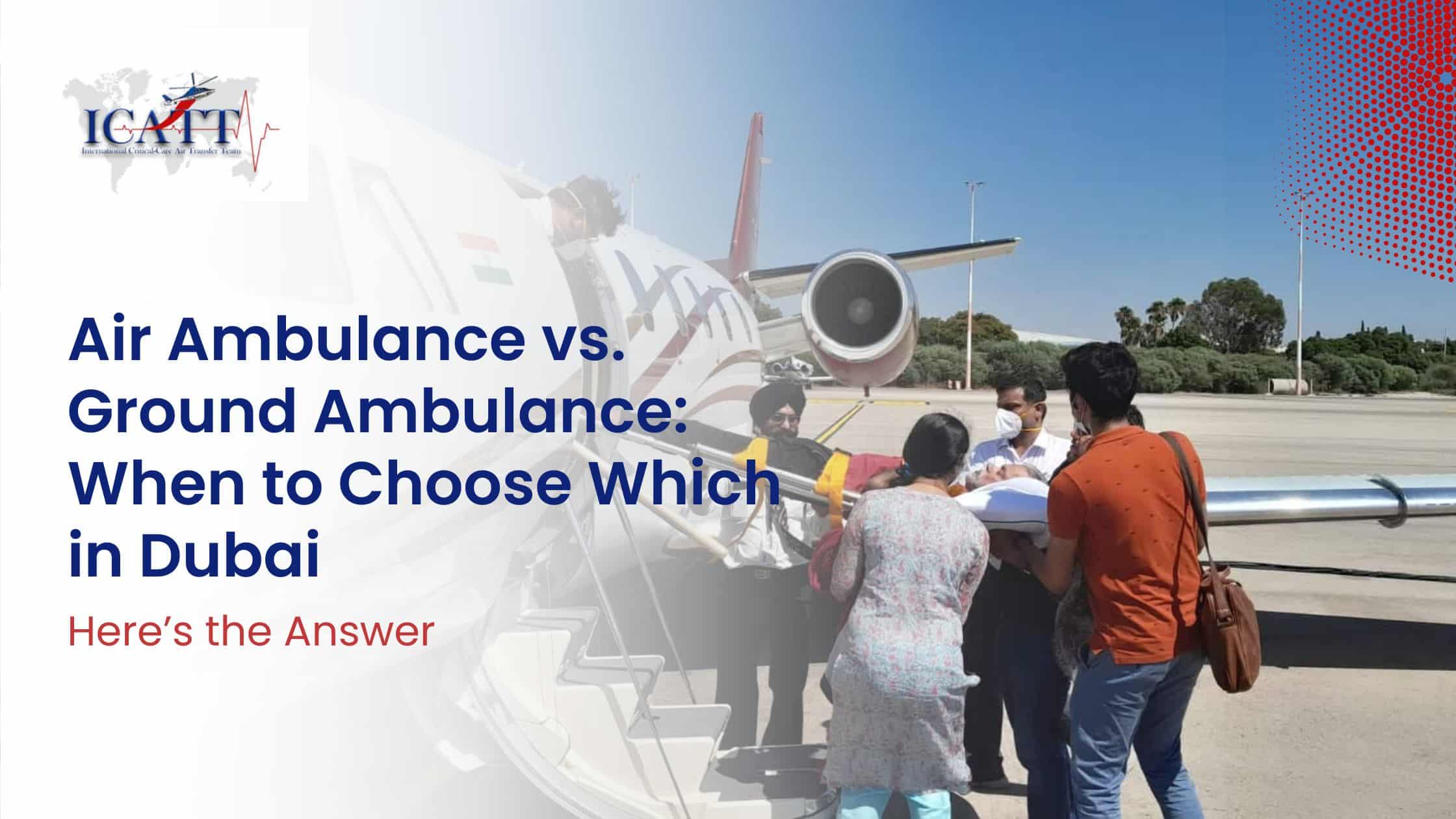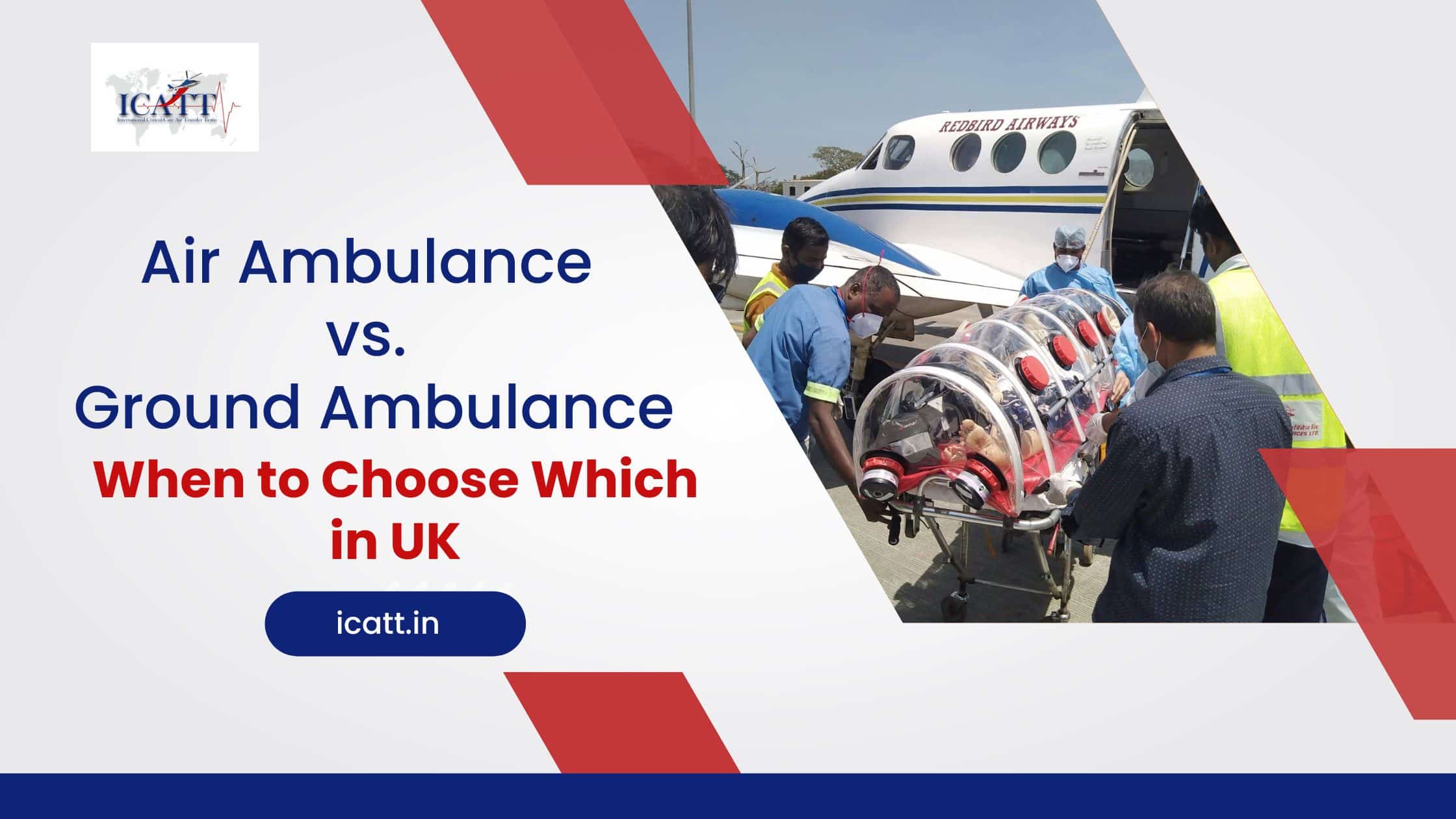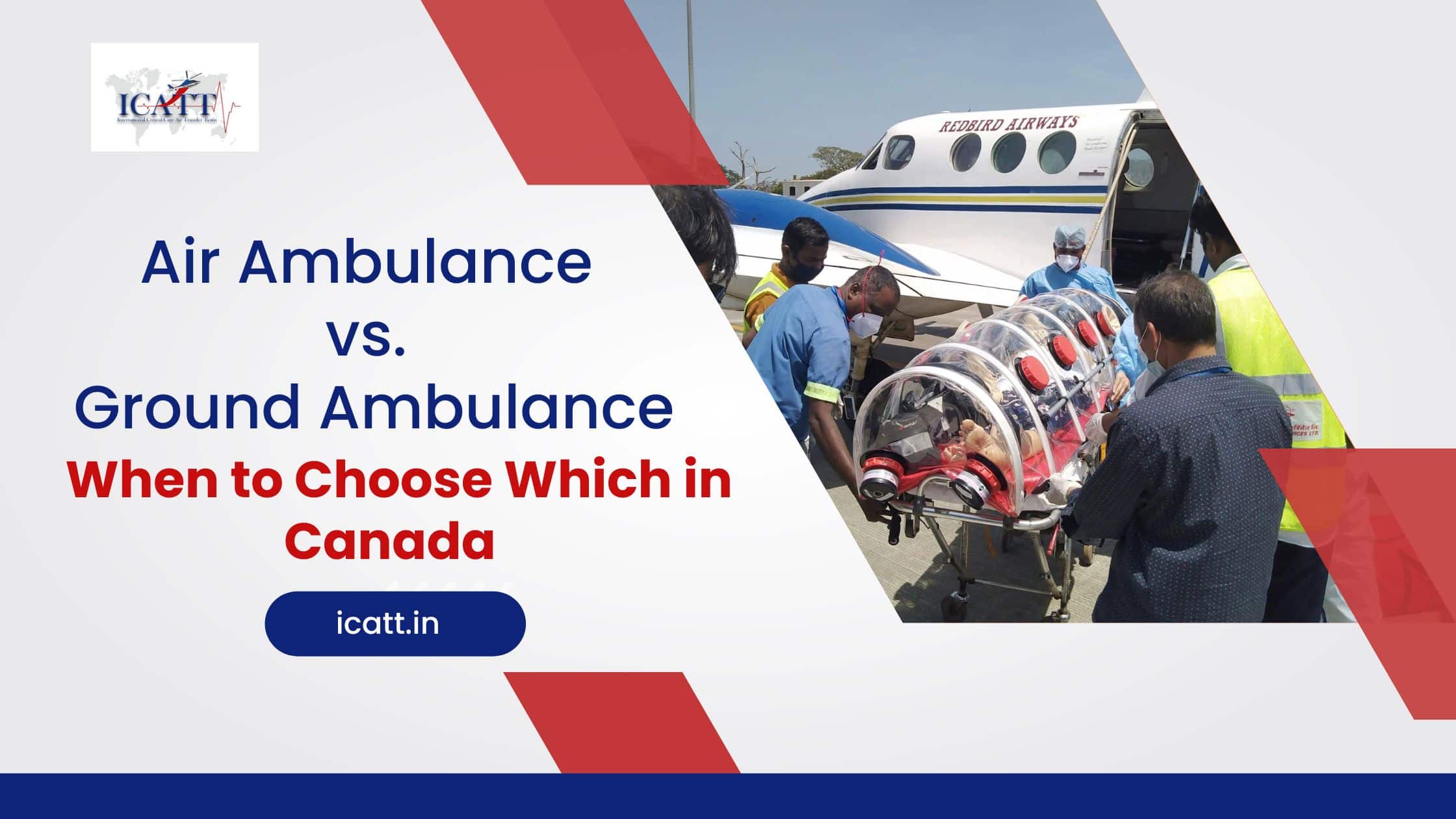In mid-2018, floods in Kerala was a disaster that cost losses of more than 25,000 crore rupees and a bigger loss than that were the lives of 483 people.
During those times, people from different places and occupations came together as one and volunteered in their own capacities in the rescue operations.
While the efforts of such individuals & NGOs, support from different governments and their officials have been commendable, preparedness and infrastructure to deal with emergency evacuations are something that is definitely lacking in our country. It is important to discuss a key link missing in Indian Emergency Medical Services.
In the Western World, Air Transport is a part of their Emergency Medical Services. Air ambulance is useful in quickly moving a person involved in an accident or who is in a critical condition and is considerably far away from required medical facilities.
These transfer of patients or accident victims is not just about moving someone from Point A to Point B but there’s also a significant level of expertise involved. For example, a patient battling for life who would get the required treatment at a different location should be undergoing continuous uninterrupted ICU therapy even during transfer. Transfer of a critically unwell patient contributes to further deterioration in the condition of a patient and many times, makes the difference between a positive outcome and further complications.
Because of this undeniable fact, developed health care systems of the western world places a lot of emphasis on this activity. Transit care Medicine has evolved as a specialty.
The doctors and paramedics go through a Structured Training program, the equipment and machines that are used in transfers are specific to meet the demands of the task at hand.
New guidelines and protocols are written based on best practices, which by its nature constantly evolve.
Hence, the Air Ambulance needs to have a setup like an ICU inside the Aircraft and a medical team who are specifically trained to attend to the patient under conditions far more complicated than in a regular ICU. Conditions such as the sound inside the Aircraft, an altitude at which the flight is at are also variables to be paid attention to inside the aircraft.
In India there are not many private aviation services which do more than just the basic, which is transferring the patients between Point A and Point B. ICATT is one among those very few Air Medical Emergency Providers with the key ICU like the setup in flight and specially trained doctors to help assist patients while transfer. It also attends to special cases where organs for transplant are transferred between cities.
ICATT, the only globally certified Air Transfer Team in India have extended their services at no cost during the floods in Kerala to help transfer those in critical conditions such as heart attacks. During the Floods, they responded by a team of 6 Doctors and 3 Paramedics with their helicopter and positioned themselves in Chengannur, which was one of the worst affected districts.
This was the first time in the history of India that a civil Helicopter was used in Medical configuration during a major disaster. They worked in conjunction with the Government run National Health Mission and set up their base at Chengannur District Hospital (NHM).
Establishing a command center there, they set up lines of communications with 500 relief camps which had doctors on site. Implementing a Critical-care Outreach system (a UK based concept), they set up a “Track and Trigger” model. With the help of the doctors on the ground at the relief camps, they started “Tracking” patients who were deteriorating. They started managing these patients distantly by guiding the doctors in relief camps on immediate and continuous treatment regimes. The patients who did not respond to these treatments were “Triggered”.
That means, they were either transported by land ambulance or by their helicopter. The helicopter carried the HEMS doctors and paramedics to the in-accessible relief camps to stabilize a “Triggered” patient and then airlifted them to either Trivandrum, Alleppey or Kochi. These operations were partly funded by a charity – Saigramam Foundation at Trivandrum and party by ICATT itself.
We strongly believe that efforts towards saving even one life or increasing the probability of the same during such natural calamities or road accidents on national highways by having the necessary infrastructure in place are definitely a service that has to be given to citizens by governments.
Implementing such Helicopter Emergency Medical Services on standby all through the year, strategically located across all states in India would definitely cost 40-50 crores of Indian Rupees per state and for that currency spent, returns would be in terms of ‘number of lives saved’.
So, shouldn’t we be looking at investing the in areas which have such kind of returns? Let us know your opinions.
ICATT also played a key role in airlifting of Siddaganga seer Shivakumara Swamiji to a Chennai hospital.
Our News Presence:

